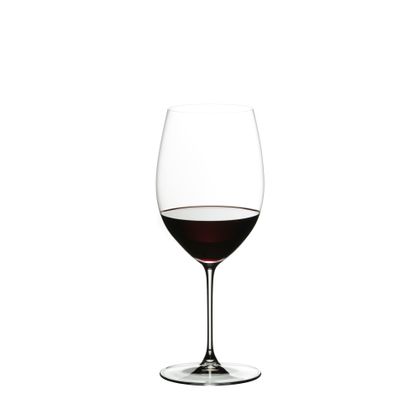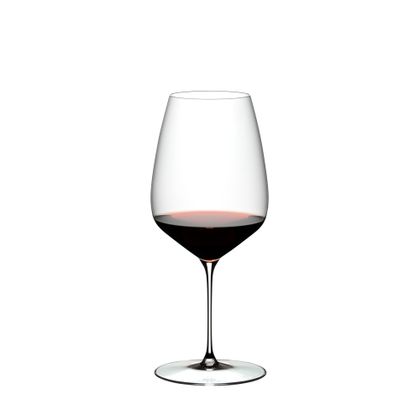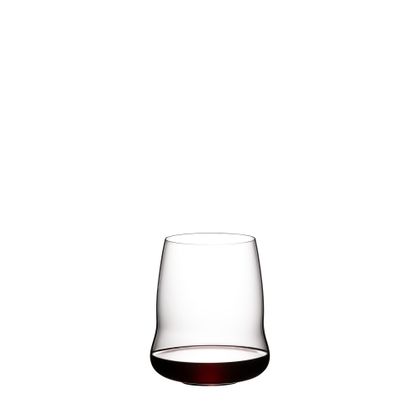art
The Art of Wine Pouring

The Art of Wine Pouring – the Correct Quantity for Your Glass.
Pouring wine may seem straightforward, but it's also an art that can make a great deal of difference to your wine enjoyment. One key aspect of this art that is often overlooked is knowing how much wine you should pour into your glass. The amount you fill your wine glass can influence the aromas, flavors, and overall wine-drinking experience - so it's worth knowing the correct filling amount for your wine.
In this blog, we'll explore the ideal wine glass filling levels for red, white, and sparkling wine, plus how much should fill your decanters when decanting wine. Let's dive into the fascinating world of wine pouring!

Red wines, known for their complex flavors and rich aromas, require a filling level that allows them to aerate and develop. When pouring red wine, aim to pour until the glass is roughly one-third full. This technique enables a higher proportion of the wine to interact with oxygen, allowing its bouquet to develop and fully reveal its nuances and subtleties. Leaving plenty of space in the glass also allows you to gently swirl the wine, promoting further aeration and releasing additional aromas - plus, a good swirl always looks quite nice!
The fuller the wine's body, the more it benefits from aeration which allows its flavors to open up and develop and its tannins to soften. With this in mind, full-bodied reds such as Syrah or Cabernet Sauvignon may benefit from pouring less into the glass than the general 1/3 full recommendation. Likewise, if you're trying light-bodied red wines such as Beaujolais or Pinot Noir, you may wish to fill your glass slightly more than one-third full, as these wines have naturally softer tannins and more subtle flavors and aromas.

Sparkling Wine
For sparkling wine, it's all about maximizing flavor while maintaining its signature effervescence and celebratory nature. We recommend filling your sparkling wine glasses to between half and two-thirds full. Doing this gives you the ideal balance of maintaining carbonation and temperature and allowing aromas to gather in the glass for nosing. If you're using one of our signature RIEDEL Champagne Wine Glasses, their bowls are shaped to allow the wine's complex layers to grow and intensify. They also possess a large rim diameter, which enables the wine's aromas to be released in a way that is not achieved with a narrow glass.
Tip: when pouring sparkling wines, stop your pour earlier than you might instinctively want to, as you need to allow the carbonation to subside. It's critical to avoid overfilling the glass when enjoying sparkling wine, as an excessive pour may result in a loss of effervescence and diminish the sensory pleasure that sparkling wine offers.
Decanters
As with wine glasses, knowing where to fill your decanter will make a considerable difference to how well the wine can breathe in the decanter. For many decanters, pouring wine until it is around one-third full will best help the wine continue its aeration process and unfold its flavors. If you're decanting a young wine that requires lots of aeration, we recommend giving it a fast, vigorous pour into your decanter. On the other hand, we advise that you pour older wines in a slow, controlled manner to assist with separating any accumulated sediment.
Once you've poured your wine into your decanter, you need to consider how long you leave it for. For young wines that need more time to develop their flavors, feel free to decant them hours before drinking. For more mature wines, up to an hour sitting in the decanter will suffice. For more information on decanting your wines, check out our guide.

Additional wine-pouring tips
- Before opening your bottle for pouring, ensure your wine is at the right temperature. All too often, we serve red wine too warm and white wine too cold. Learn more about this from our detailed blog on the topic.
- When pouring your wine, do so slowly and with control. By being attentive and taking your time, you can pour your wine more precisely while reducing the risk of spillages.
- To help give you more control over your wine pour, hold the bottle at the base. Since wine bottles are heaviest at the bottom, holding this part of the bottle will give you the best control over your wine pour. If your wine bottle has an indentation in the base (known as the punt), placing your thumb in here can help give you even greater control over your pour.
- If you find pouring your wine tricky, consider using a wine pourer or a drip collar around the bottle's neck. Doing so can help create a smoother pour and can further help reduce drips and spillages.
- Once you've poured your wine to the desired level, twisting the bottle slightly as you lift it back up can help catch any unwanted droplets from dripping onto the table.
Understanding the ideal filling levels for red wine, white wine, sparkling wine, and decanters is a crucial step in fully experiencing the complexities and nuances each wine offers. Remember to allow red wine to breathe, fill white wine and sparkling glasses more generously, and continue the aeration process when pouring from a decanter. By mastering the art of wine glass filling, we can elevate our wine-tasting experiences and savor every sip with delight. Cheers to the art of wine pouring!
위치
















